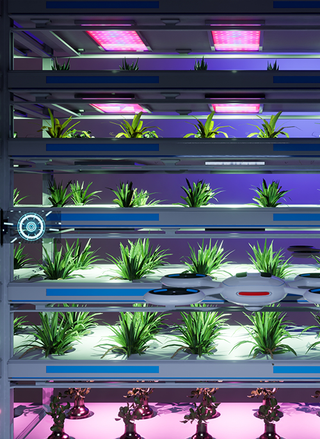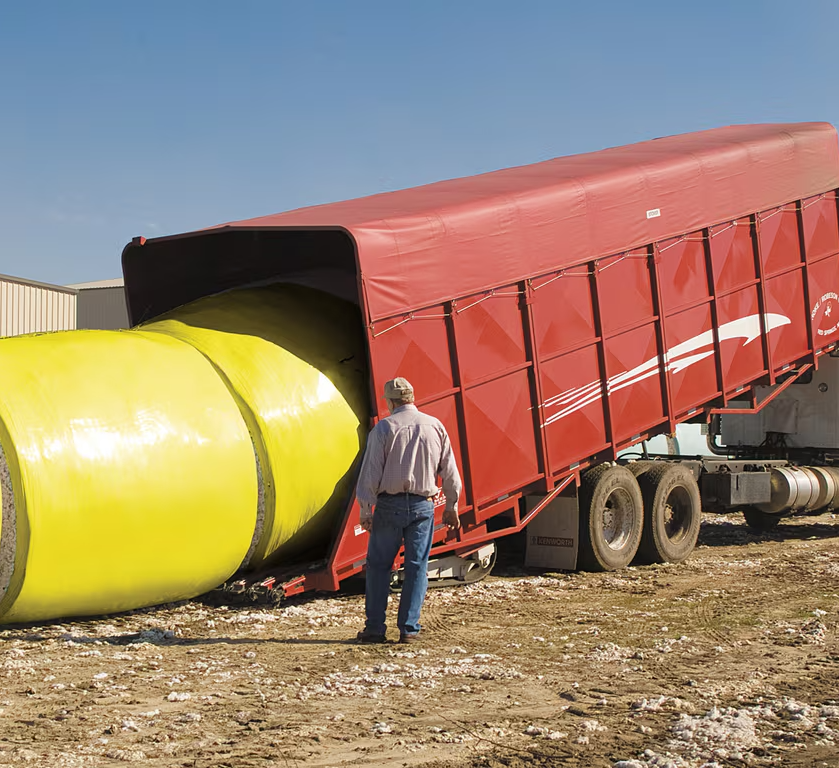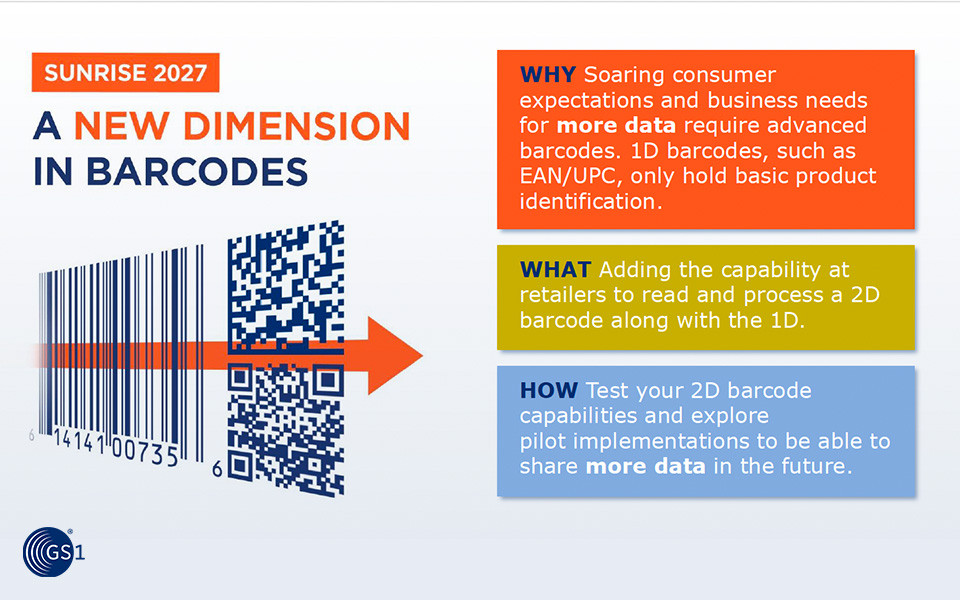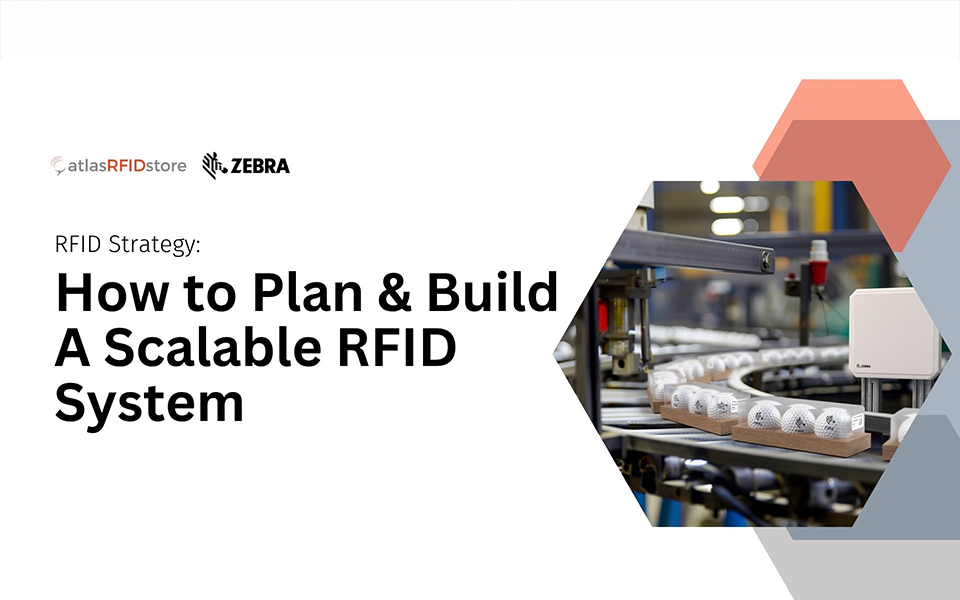RFID in Agriculture: Driving Efficiency, Traceability, and Smart Resource Management
Modern agriculture faces constant pressure to produce more with less - less land, less water, and fewer resources - while also ensuring food safety, compliance, and supply chain transparency.
Technologies such as Agricultural IoT (Internet of Things) are already helping farmers monitor soil, water, climate, and crop conditions in real time. Yet many farms still struggle with the practical challenge of connecting this data directly to crops, tools, and resources in a simple, efficient way.
This is where RFID steps in. By automating identification and tracking, RFID helps farmers reduce manual labor, prevent errors, and connect physical assets with digital data. Whether in open fields, greenhouses, or advanced vertical farms, RFID provides a reliable foundation for smarter agriculture.
Why Use RFID in Agriculture?
Agriculture has traditionally relied on manual record-keeping, visual inspections, and barcode scanning to track operations. RFID offers a faster, more scalable solution:
- Automated tracking – Crops, livestock, tools, and resources can be monitored with minimal human input.
- Real-time visibility – RFID readers provide instant updates on inventory, assets, and conditions across farms and storage facilities.
- IoT integration – Unlike standalone sensors, RFID ties data to specific assets, ensuring farm management systems can link environmental data directly to plants, animals, or equipment.
RFID Applications Across Agriculture
Plant Tracking & Growth Monitoring
From row crops to vertical farming trays, RFID enables growers to tag pots, trays, or even individual plants for lifecycle tracking. Farmers can monitor growth stages, nutrient delivery, and harvest readiness automatically, reducing the risk of missed steps or incorrect treatments.
Inventory & Supply Chain Management
RFID simplifies tracking of seeds, fertilizers, pesticides, and equipment use. It also strengthens traceability once produce is harvested, ensuring crops can be tracked through processing, distribution, and retail. This not only improves food safety but also boosts consumer trust through farm-to-table transparency.
Equipment & Tool Management
On farms of any size, tools and equipment often get misplaced or overlooked. RFID tagging helps track tractors, irrigation components, harvest bins, and handheld tools. RFID data can also be used to schedule maintenance for machinery, irrigation systems, and even robotics in high-tech environments, reducing downtime and prolonging asset life.
Environmental Control & Compliance
When combined with IoT sensors, RFID supports compliance by verifying proper storage and handling of agricultural products. Farms can demonstrate adherence to food safety, sustainability, and regulatory standards with automated records, simplifying audits and certification processes.
RFID in Vertical Farming
While RFID is valuable across all forms of agriculture, vertical farming illustrates its potential particularly well. In these tightly controlled indoor environments, every tray or pot can be tagged, enabling precise tracking of growth cycles and nutrient inputs.
This is especially valuable in regulated industries, such as cannabis and hemp production and sale which traditionally use vertical farming.
RFID also helps manage the extensive automation systems, such as lighting, irrigation, and robotics, that vertical farms rely on.

Benefits of RFID in Agriculture
The advantages of adopting RFID in agriculture extend from the field to the global supply chain:
- Greater efficiency – Automating repetitive tasks reduces manual labor and human error.
- Stronger traceability – End-to-end asset visibility supports food safety, recalls, and certifications.
- Resource optimization – Smarter use of seeds, fertilizers, and water reduces waste and improves yields.
- Data-driven insights – When paired with IoT analytics, RFID enables farms to make smarter, evidence-based decisions for sustainable growth.
RFID-Enabled Farming Equipment
The agricultural equipment leader John Deere has taken a major step in embedding RFID technology into cotton-harvest operations via its “Harvest Identification, Cotton Pro” system. This system uses RFID tags embedded in the wrap of round cotton modules, and an on-machine RFID reader on the harvester (such as the CP770 and CS770 models) that captures the module’s unique serial number, farm/field/variety data, time, GPS position and other metadata right as the module is formed.
Once logged, that data is automatically transferred into the Grower’s account in John Deere’s Operations Center, enabling real-time visibility of what modules have been produced, when and where. For the cotton industry this is a game-changer in several ways: it eliminates the manual tagging of modules (saving time, reducing errors) and gives producers and gins the ability to trace each module from the field through the supply chain.
This traceability supports logistics (better staging, tracking, and hauling of modules), enables higher accountability of fiber quality by linking module data to gin and bale metrics, and meets growing demand from brands and retailers for documented origin and chain-of-custody.

In short, John Deere’s integration of RFID into cotton-module harvest is helping the cotton industry move toward smarter, more data-driven harvesting and supply-chain transparency—an especially relevant shift as retailers and end-users ask for more traceability in natural fibres.
According to John Deere’s own data and supporting industry research, the HID Cotton Pro system embeds four RFID chips (plus a human-readable tag) in each round cotton module wrap, enabling automatic capture of that module’s unique ID, farm, field, variety, date/time of wrapping, GPS coordinates, weight and moisture. With round modules now representing the majority of U.S. cotton processed by many gins, the module-level data traceability made possible by RFID tagging is becoming mainstream.
In practice the system has been field-tested and shown to work from the harvester, through trucking and staging, and onto the gin, thereby laying the foundation for linking fiber quality back to specific modules (and ultimately to individual fields) for improved logistics, quality benchmarking and sustainability/chain-of-custody programs.
Conclusion
- RFID strengthens agricultural IoT by offering visibility and automation
- Vertical farming operators can use RFID to scale operations sustainably
- Future potential: Integration with AI and blockchain for fully transparent food systems
- Big brands in farming equipment, like John Deere are creating RFID-enabled farming equipment for chain of custody, benchmarking, and increased efficiency
You May Also Like



